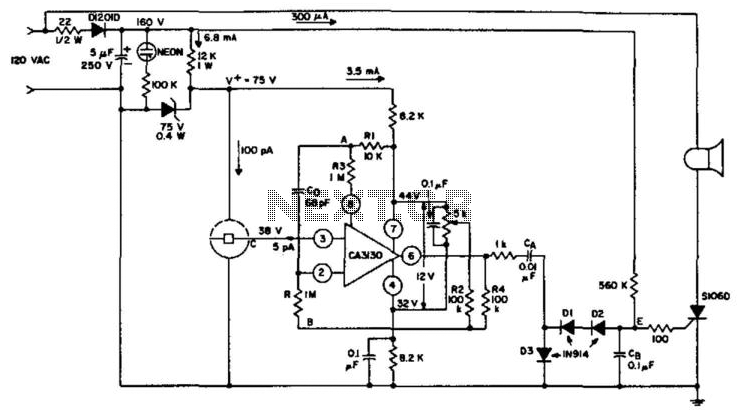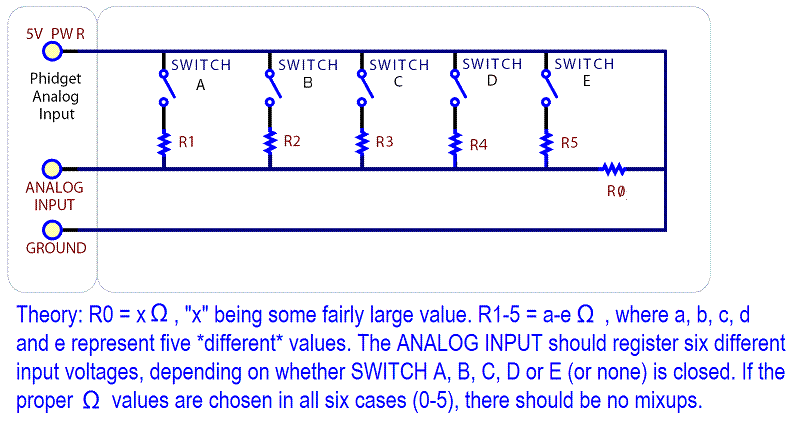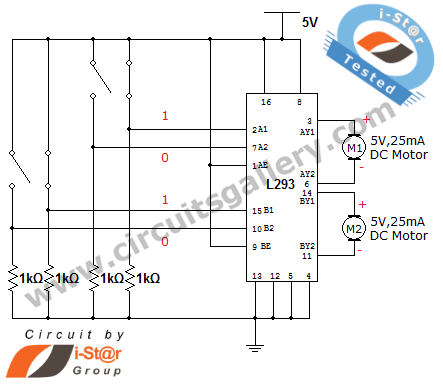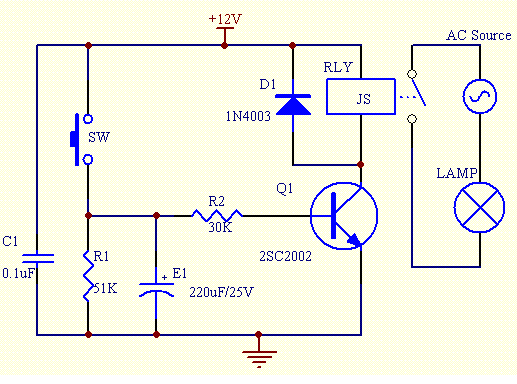
Analog Line Follower Robot

A line follower robot is designed to follow a designated path on a track. Typically, this type of robot is managed by a microcontroller.
The line follower robot operates using a series of sensors, commonly infrared (IR) sensors, to detect the contrast between the line and the surface. The sensors are positioned at the front of the robot to continuously monitor the track. When the sensors detect the line, they send signals to the microcontroller, which processes the input and determines the appropriate actions to keep the robot aligned with the path.
The microcontroller serves as the brain of the robot, executing algorithms that dictate the movement of the motors based on sensor feedback. The robot usually consists of two or more motors that drive the wheels, allowing it to turn and adjust its trajectory as needed. The control system can implement simple logic, such as turning left or right when the line is lost or following a specific pattern.
Power supply for the robot typically comes from rechargeable batteries, ensuring that the robot can operate autonomously for extended periods. The circuit design may include additional components such as motor drivers, which amplify the control signals from the microcontroller to drive the motors effectively.
In summary, a line follower robot integrates sensors, a microcontroller, motors, and a power supply to navigate along a predefined track autonomously, making it a popular project in robotics and automation.line follower robot which is going to follow the line on the track. in general line follower robot is controlled by a microcontroller. 🔗 External reference
The line follower robot operates using a series of sensors, commonly infrared (IR) sensors, to detect the contrast between the line and the surface. The sensors are positioned at the front of the robot to continuously monitor the track. When the sensors detect the line, they send signals to the microcontroller, which processes the input and determines the appropriate actions to keep the robot aligned with the path.
The microcontroller serves as the brain of the robot, executing algorithms that dictate the movement of the motors based on sensor feedback. The robot usually consists of two or more motors that drive the wheels, allowing it to turn and adjust its trajectory as needed. The control system can implement simple logic, such as turning left or right when the line is lost or following a specific pattern.
Power supply for the robot typically comes from rechargeable batteries, ensuring that the robot can operate autonomously for extended periods. The circuit design may include additional components such as motor drivers, which amplify the control signals from the microcontroller to drive the motors effectively.
In summary, a line follower robot integrates sensors, a microcontroller, motors, and a power supply to navigate along a predefined track autonomously, making it a popular project in robotics and automation.line follower robot which is going to follow the line on the track. in general line follower robot is controlled by a microcontroller. 🔗 External reference





